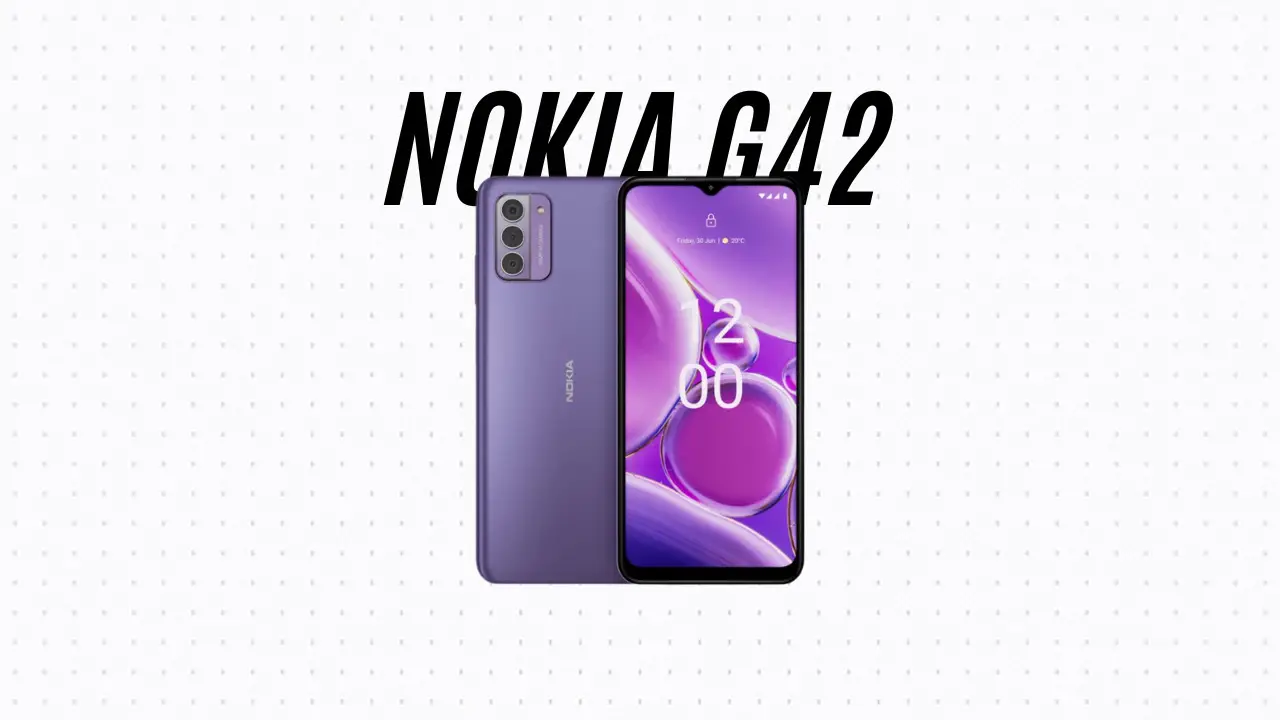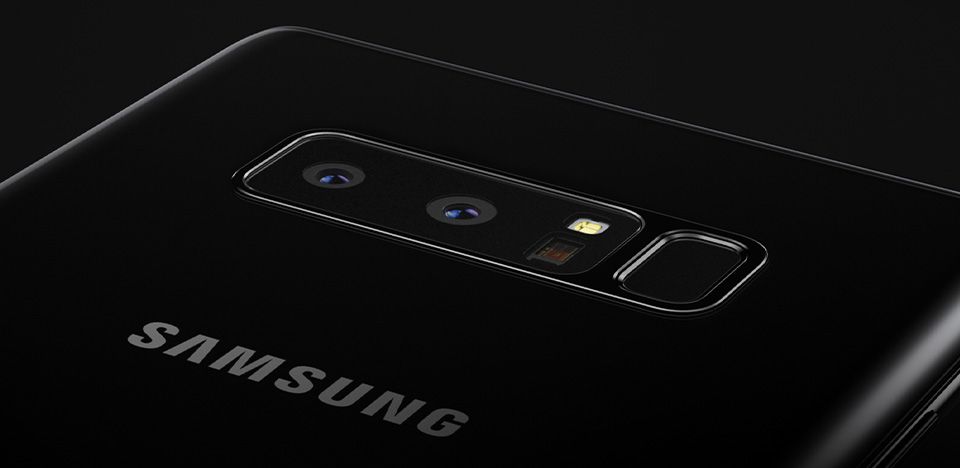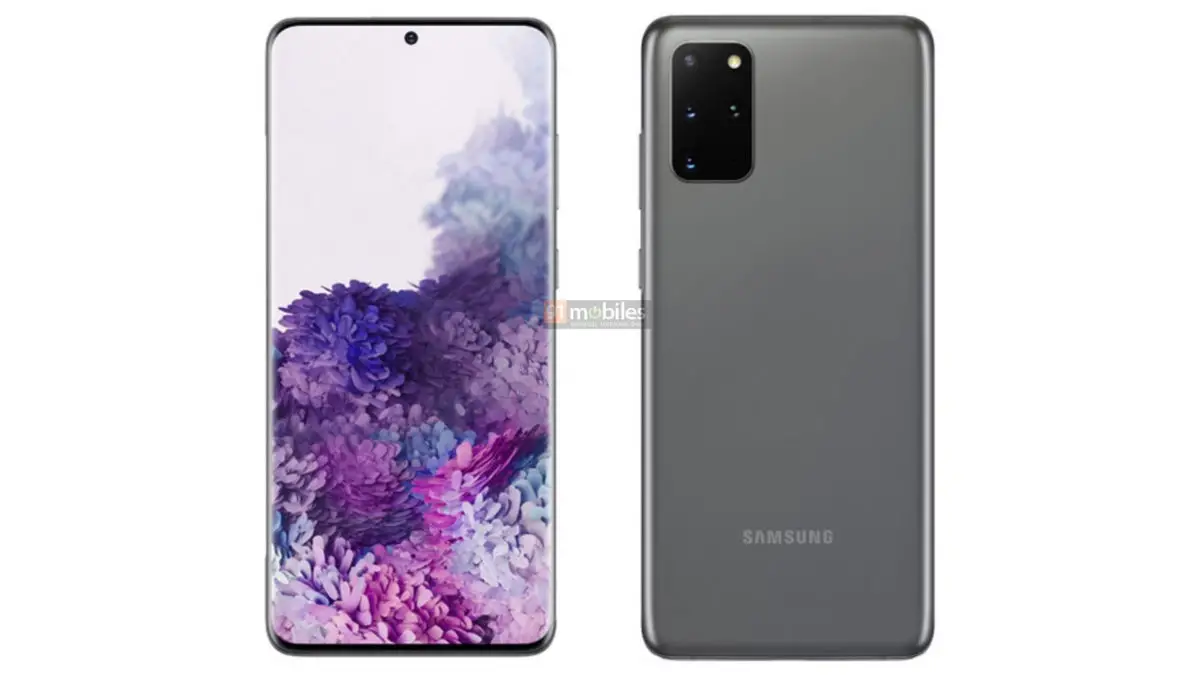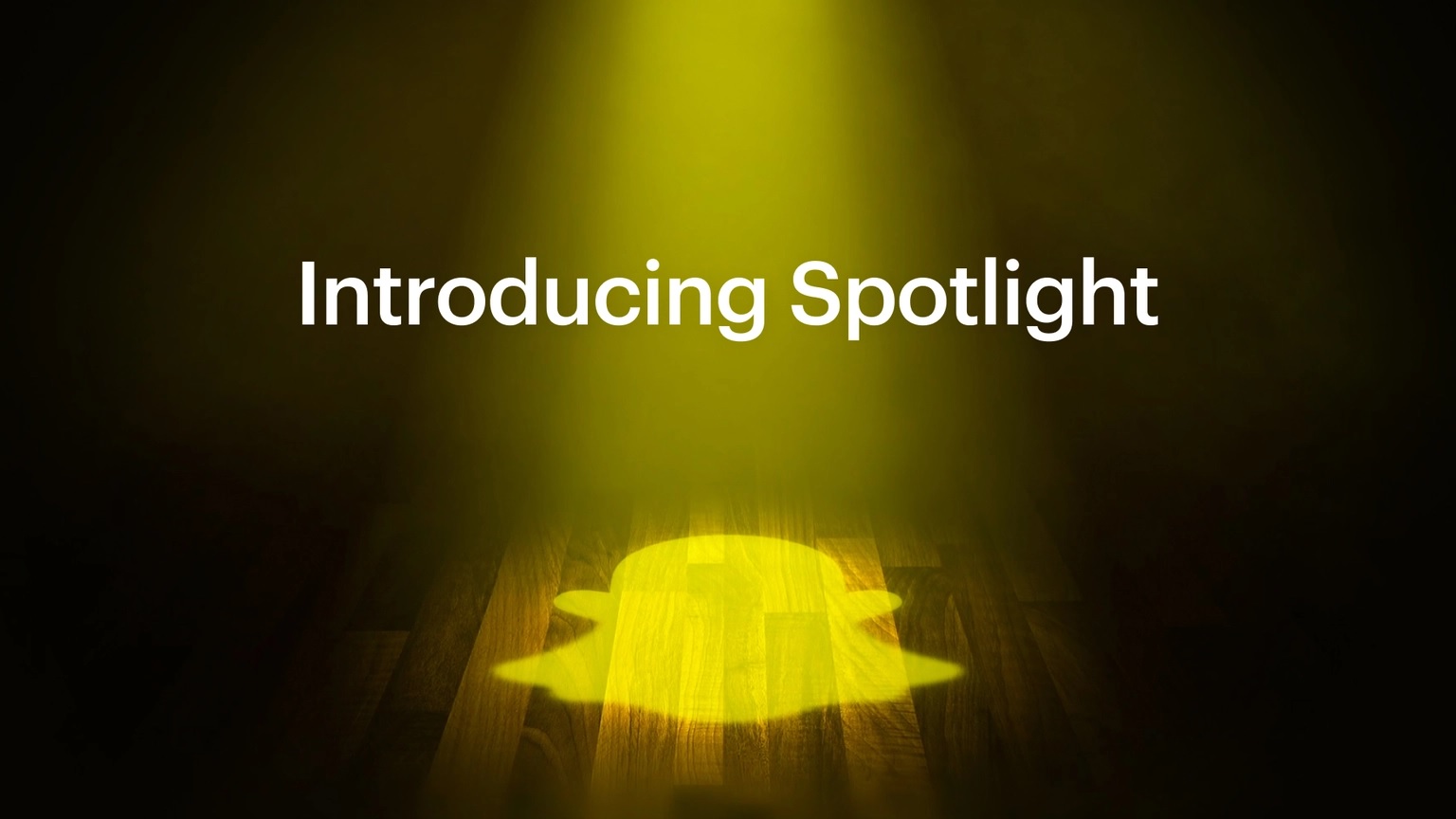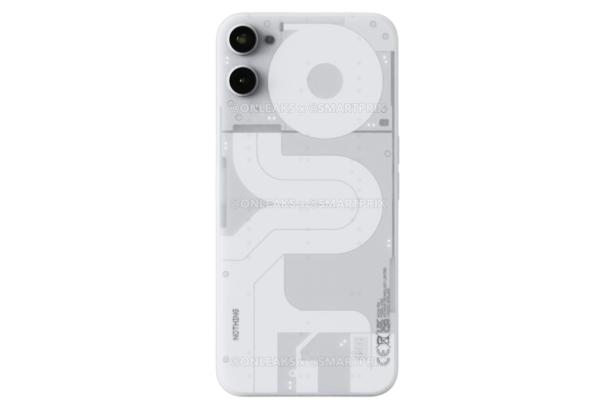Top Android 7.0 Nougat Features
While we haven’t yet received the final version of the Android N update, the developer preview can still help us figure out what new features are coming in later this year. It is however not guaranteed that all of the features on the beta version will make it to the final but they’re still exciting g to talk about so let’s get on to it. Here are all the new features in the Android N developer Preview which will hopefully make it to the consumer update.
“Android Nougat (N)”
We were kept in the dark about what the ‘N’ stands for in the Google’s upcoming update but yesterday Google finally unveiled it via Snapchat. It’s Android Nougat! How many of you thought it’d be Nutella? And also do you actually think Google would use the names suggested by fans, or were they set to call it Nougat all along?
While we usually get to try the first developer preview after Google I/O, this year Google released it during the month of March, around eight weeks before than usual. he Android N preview went live for the Nexus 6P, Nexus 5X, Nexus 6, Nexus 9 (Wi-Fi and LTE), Nexus Player and Pixel C on the Android Developer Site.
Google has confirmed that they will be announcing the final update within the end of Q3 so you shouldn’t have to wait any further than September 30. And oh of course, this is for the Nexus devices only. Updates for other manufacturers will be coming a lot later.
Android Nougat (N) Developer Preview Features
Multi-Window Mode
This feature was actually teased before we even got to check out the developer preview. A while back on a reddit AMA with the Pixel C team, Andrew Bowers confirmed that “split screen is in the works”. And now that we’ve got the developer preview, we can tell how it’ll actually work and how it looks.
Apps can be opened side by side and resized by a movable slider between them. You can go full screen by dragging the slider all the way to the edge. You can even interact between the two apps, for example, you can drag and drop text from one app to another. To activate this mode, you can tap and hold an app from the recent menu and drag it upwards or simply swipe-up from the recents button. For all this to happen, of course, developers will need to add support for split screen mode individually.
There’s also a new picture-in-picture mode for Android TV that works just like minimized video on iOS and Android YouTube app.
Better Doze Mode
Doze Mode in Android Naougat has been greatly improved. One of the best Android Marshamallow features has gotten even better. Now, for doze mode to kick in, your phone doesn’t have to be stationary. Which means you can enjoy the benefits of doze when you’re not using your phone even when you have it with yourself and are walking around with it. Other major update to this feature is based on when your phone is lying still. It will enter a deeper hibernation state than before cutting out network connections and other activities.
Freeform Window Mode
While we already have the multitasking window mode, this one’s quite different from that. You can launch multiple apps on your screen, resize them as you want and move them wherever you like. And yes, drag and drop is also supported in this mode.
Redesigned Notifications Shade
The notifications area is now flatter and more minimal, with just a thin line separating individual notifications. However when you swipe down the Quick Settings, the cards will stack as before. Profile pictures from your contacts now appear on the right rather than the left. Compared to Marshmallow and previous Android versions, you can see a lot more information in the cards than ever before and there’s a new grouped notification API that allows apps to bundle notifications together. And how could we forget, you can now reply to notifications right from the notification shade.
Improved Quick Settings Panel
On the developer preview, both the notification shade and quick settings panel have received some UI changes. On the notification share, you’ll see a row of most frequently used toggles like WiFi, Bluetooth, Battery, and flashlight. A small arrow at the right-hand side will open up the full Quick Settings panel. Quick Settings is now divided into pages and you can edit which icons appear at the top of the notifications shade. Where it becomes even cooler is that Google has offered developers the ability to create their own custom Quick Settings icons. It’s gonna be a lot of fun to have toggles of design choice.
New Settings Menu
There’s a newly designed Settings menu in Android N. It now has suggestions drop-down section at the top and individual section dividers have been removed. One interesting change here is the addition of details below each section. For example, if you want to know which WiFi network or what Bluetooth device you’re connected to, you don’t have to open the respective sections; you can see that on the menu itself. There is now also different sections for sound and notifications.
Besides all that, we now also have a hamburger menu that simply reproduces the top-level settings menu sections. While it doesn’t make sense when you’re just a single layer inside of any menu, it does come in handy when you’re several levels down.
Faster app optimization
With the switch to ART since Lollipop, many users including me have been super tired with the amount of time it takes to optimize apps following an Android update. So on Android Nougat, rather than at first boot, apps are compiled Just-in-Time (JIT) which happens the first time you launch them and are then stored in memory for faster launches for the next time. This means we now have faster reboots every time and no more of that annoying “android is upgrading” screen after a reboot.
Recent apps
The recents menu has also been slightly revised. Although the basic look and feel is still the same, the cards are now larger and have a few extra kicks. One of the major one being the ability to switch to the last used app with a simple double tap of the recents button.
Customize your display size
This may not be new to Cyanogen OS users but now you can fianlly change your display’s DPI settings. You can go to Settings> Display > Display Size and slide the slider to change the size of content on your screen.
Dark Mode? Night Mode!
Night Mode or previously known as ‘Dark Moe’ has made its way back to Android N developer preview which almost all of us wanted it last year but was removed in the final build of Android M. It not just consists of the Dark theme but also a tint control to control the amount of blue light in your display. You can enable manually or if you want you can also set it to turn on during specific hours
Update: The dark mode has yet again been gone in the latest developer preview but hasn’t completely been erased off the books. Let’s just hope it makes its way back.
Data Saver
Worried about your habit of using excessive data? Well folks over at Google are also trying to help you take even more control than you already have over data usage by adding a new Data Saver feature. This mode stops any background activity from happening and it also attempts to limit the amount of data apps use in the foreground. Well if some apps are really important to you, you can even whitelist them.
Improvements in Emergency Mode
Let’s say you find yourself in an accident and unable to communicate. Android N now has a setting that allows you to provide an interface to your emergency information on your lock screen, including your name, address, blood type, allergies and other essential information. Well although you may not want any stranger who stole your phone to have access to such data but it does help when necessary.
Android Beta Program
Before if you wanted to try out the latest developer preview, you’d have to flash it onto your phone. While it may not be a difficult thing to do, it definitely isn’t very convenient. On Android Nougat, you can simply sign up for the beta programs in the devices you like and you’ll get OTA updates for the latest developer previews.
Java APIs to OpenJDK
Google will officially be making the switch to OpenJDK in Android N. As Google confirmed: “we plan to move Android’s Java language libraries to an OpenJDK-based approach, creating a common code base for developers to build apps and services.” The change is supposed to make app development slightly easier while making external changes neglegible.
Clear All button in Recents Menu
How many times have you found yourself closing countless number of apps from the recents menu? Well I sure have found myself in this situation several times. To helpus out, wizard over at Google have added a clear all button which has been in Samsung devices since ages.
Launcher Shortcuts
With the Developer Preview 2, app shortcuts or actions based on gestures were introduced.Here’s what Google has to say about launcher shortcuts in its Android N documentation:
Android N allows apps to define action-specific shortcuts which can be displayed in the launcher. These launcher shortcuts let your users quickly start common or recommended tasks within your app. Each shortcut contains an intent, which links the shortcut to a specific action in your app.
Your app can create up to five dynamic shortcuts. When users perform a gesture over your app’s launcher icon, these shortcuts appear. By dragging the shortcuts onto the launcher, users can make persistent copies of the shortcuts, called pinned shortcuts. Users can create an unlimited number of pinned shortcuts for each app.
While it was announced that this feature won’t be making it to any further updates, it seems like a cool one and we hope sooner or later, it’ll come back.
Lock Screen Quick Reply
The quick reply option in the notification shade that we previously mentioned will now also be available in your lockscreen.
Although this feature sounds pretty cool, remember that any douchebag who gets hold of your phone will have the ability to send replies to any installed app that supports it, which can be quite dangerous.
Camera changes
The Google camera app has always been pretty basic and it still is so in the Developer Preview. There was an update with addition of a sutter button while taking a video but that got removed in Developer Preview 3. We hope it makes its way back to the next Preview or maybe atleast in the final version. Shooting photos on HDR mode is much faster than it used to be and Slow Motion is back in the hamburger menu navigation drawer.
Unicode 9.0 emoji support
The new Android N Developer Preview 2 introduced Unicode 9.0 emoji, which haven’t even been announced yet. Besides a bunch of fun new emoji, Unicode 9.0 more importantly ‘humanizes” many of its emoji, compared to the cartoonish emoji in previous versions of Unicode. We just hope both iOS and Android have the exact same emojis. Often when I send something it looks totally different on the other person’s phone which really sucks.
Seamless Updates
Updates are definitely always welcome but the process? Not so much. Well the Android team has a solution for that too. Instead of being required to download an Android update, install it and reboot, Android N will automatically download and install it on a secondary partition so that the next time you turn your phone off and on, Android will switch partitions and you’ll have the latest Android version without having to do any of the work yourself. And because we’ll have the JIT compiler that we talked about above, you no longer have bear through the “Android is upgrading” screen.
Multi Locale Mode
The limited support for more than one language in Android have made multi-lingual users’ experience a little inconvenient. The Multi-Locale Mode aims to ease the situation by allowing users to add multiple languages in order of priority, so the system can switch from one to the other when necessary. It basically means that apps that don’ support the primary language will drop tAndroid o the next one on the list.
Stylize your keyboard
Although Google took away the Dark Mode feature, they did make something even cooler. With Version 5.1 of Google Keyboard they’ve added a bunch of colorful theming options, including the ability to set custom image background.
Confirmed Android Nougat (N) Features
Project Tango and Daydream VR Support
Following the official announcement of Daydream VR and updates on Project Tango at recent Google I/O, it is confirmed that both platforms will be supported in Android 7.0. We quite don’t how they’ll get implemented but its worth the wait.
Allo and Duo
Allo is a new chat application that is integrated with Google Assistant. It has unique features like stickers and Whisper-Shout. Also also brings Inbox’s smart reply to chat, it learns more and more of you in order to conceive more logical and relative replies on the go. It also utilises smart and natural language recognition as well as powerful image scanning in order to detect context and formulate actions for the same. It also includes Google Assistant integration which let’s you search, book, buy and share things on the go.
Duo is pretty much like Facetime that you get in Apple devices. It aims to make video calls all the more faster and reliable especially on slow internet connections. The Duo app also has this feature called Knock Knock, which gives a live video of the other party before you accept their call. Good thing is, it’ll also be available for iOS!
Rumored Android Nougat (N) Features
ChromeOS + Android OS
Chromebooks have been around for almost half a decade now but only got famous and commonly known around a year or two ago. It has definitely changed the way we think about cheap laptops and stirred up the competition. We have learned from various sources last year that Chrome OS and Android would be merged and that Chrome OS in its entirety would be killed off. But Google later responded saying that it will stay and was looking for ways to bring the two OSes together rather than erasing one of them. With this, it is kinda likely for them them to announce some integration between Chrome OS and Android.
Get Creative
According to this article from folks over at Android Authority, Samsung may be planning to get rid of many of the S Pen features from its Look API. The only thing we came assume from this is that these features are being built into Android N like the implementation of Fingerprint scanner in Android M.
Goodbye App Drawer!
Just before MWC 2016 we were told that Android N would ditch the app drawer, which has been in Android devices for years and is probably one of the most iconic features. Then, during the event, the evidence started piling up, with the LG G5 and HTC One X9 having no app drawer and the Galaxy S7 having an option to remove it. Also Sony’s Marshmallow concept provides a “classic” and “modern” view – with and without the app drawer. So it does seem very likely.
Luckily the drawer is still present in the developer previews, there’s still a question as of why other manufacturers are having it removed.
Android Nougat (N) = Android 7.0
I don’t know if you’ve noticed or not but all the screenshots shown during the Google I/O had the time set to 7:00. This is usually how they tell us the next Android version number. Not just during the event but also when you turn on demo mode in the 4th Developer Preview, the time is set to 7:00, so it’s pretty much confirmed that Android N is gonna be Android 7.0.

